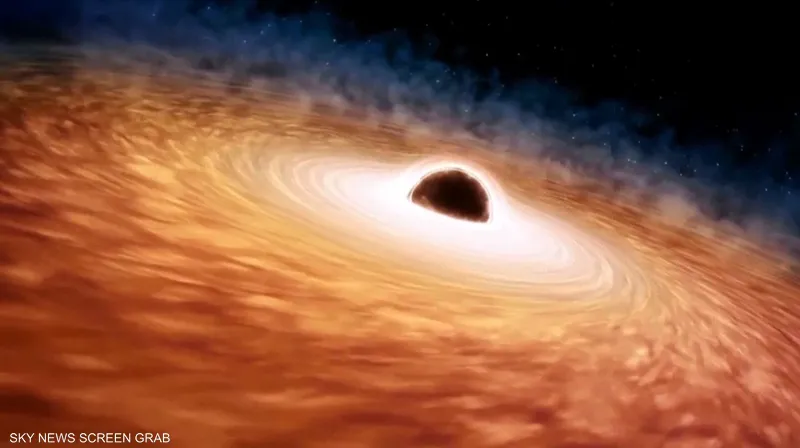An Egyptian scientist creates a revolutionary laser technology to discover distant planets

An Egyptian creates a laser that helps discover distant planets
Egyptian physicist Dr. Mahmoud Gaafar, with the participation of a scientific team in Germany, was able to develop an optical chip containing a new generation of advanced laser devices, capable of detecting distant exoplanets.
This innovation was made by Jaafar with researchers at the German Electron Accelerator Center DESY. The famous American scientific journal OPTICA published the results of the research.
According to the research, the new laser will be widely used, from measuring the signatures of certain molecules and measuring unknown optical frequencies to detecting distant exoplanets.

Innovation details
Dr. Mahmoud Jaafar, who is currently working as an associate professor of light physics in Germany, singled out "Sky News Arabia" by talking about the details of his new innovation, saying:
Measuring time has become an essential part of daily life, and the whole world is currently focusing on searching for more accurate, faster, less expensive, and smaller means of measurement.
Accuracy of a minute or a few seconds is usually good enough for most human activities, but highly accurate timing plays a vital role in many other aspects of the modern world.
The smaller the error in measuring time, the smaller the error in estimating the distance, for example, a timing error of 1 nanosecond (or 1 billionth of a second) translates to a positional error of about 30 cm. This is a very large distance for modern applications that require attosecond time resolution (a billion times smaller than a nanosecond).
So GPS satellites broadcast time signals from atomic clocks on board, which enable vehicles, ships and aircraft to know their positions to an accuracy of a few metres. Unfortunately, atomic clocks are large in size and have a high cost, and only major measurements laboratories possess them.

The new laser will be widely used
On the other hand, optical clocks are less expensive and less complex than atomic clocks, and the vibration speed of light clocks is 50,000 times more than standard atomic clocks, thus dividing time into smaller units and being more accurate than atomic clocks. But in reality no electronic system can directly account for these rapid oscillations.
Here comes the role and importance of the so-called pulsed laser sources or optical frequency comb, which divides the vibrations of light clocks into low frequencies that can be counted with high accuracy using the electronic devices currently available. These sources are high-precision instruments that were part of the 2005 Nobel Prize in Physics, as these instruments enabled the most accurate measurements ever made in the world.
Despite the enormous applications of traditional pulsed laser sources, they are large in size and cannot support many of the recent technological advances based on silicon wafers.

The importance of the new laser
Mahmoud Jaafar explains the importance of the laser that he invented with his team, saying:
Here comes the role of what we have reached with my colleagues at the German Electron Accelerator Center DESY, by developing a modern generation of these devices called "Fabry-Perot microcomb" that is 100 times smaller than the thickness of a head's hair.
Unlike traditional laser sources, this new generation is characterized by a radical reduction in energy consumption in optical communication systems, in addition to its very fast frequency rate of up to terahertz (one thousand billion pulses per second).
This innovation opens the way for new applications, especially in wireless optical communications , and will accommodate the ever-increasing consumer demand for high-data rate digital communications.
Jaafar stressed that he and his colleagues are "the first to develop this type of pulsed micro-laser in a way that overcomes many previously known limitations in this field with distinctive characteristics."
He concluded, "It is possible to use these new devices that they invented in other applications, such as calibrating spectrometers used in astronomical observatories, high-resolution spectroscopy, and optical communications."
?Who is Mahmoud Jaafar
Mahmoud Gaafar graduated from the Faculty of Science at Menoufia University in 2008 with honors.
He obtained a master's degree in physics from the United Institute for Nuclear Research in Moscow in 2012.
Later, he obtained a PhD in laser physics from the University of Marburg, Germany, when he was only 28 years old.
He then worked as a postdoctoral researcher at Hamburg University of Technology, Germany.
Jaafar, 36, is currently working as a researcher at the German Electron Accelerator Center DESY, as part of a European Union project.
Source : websites

